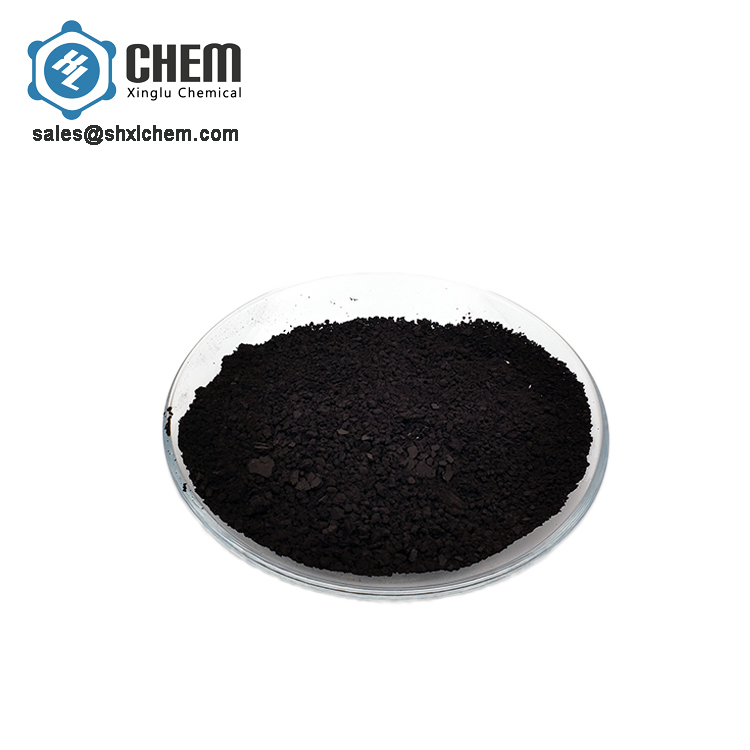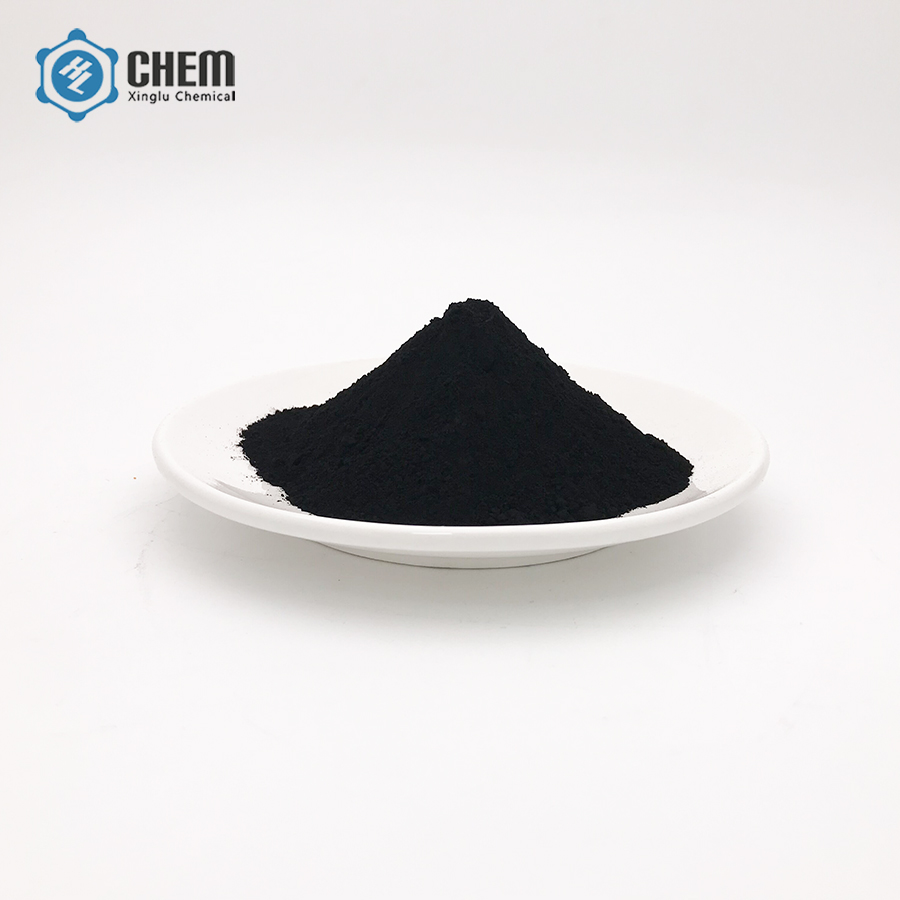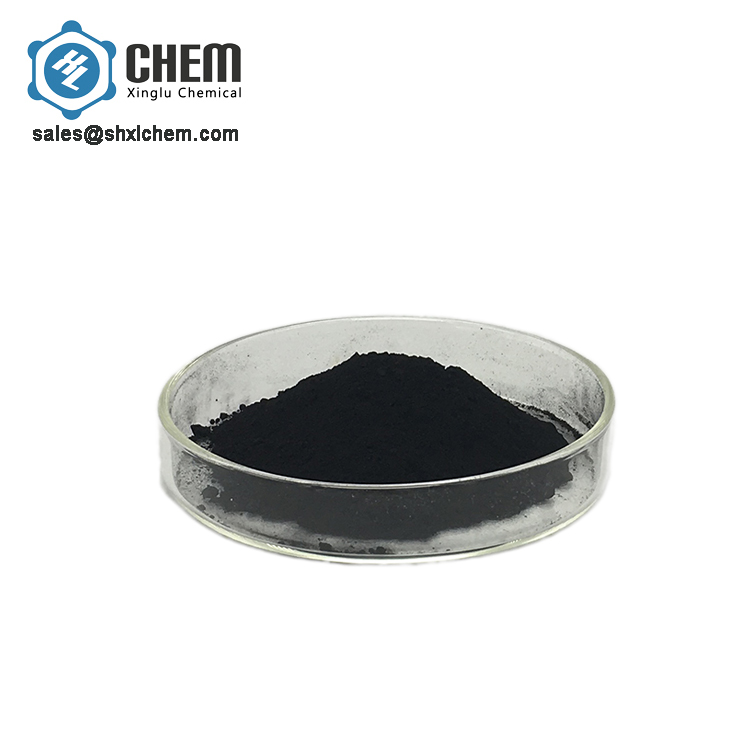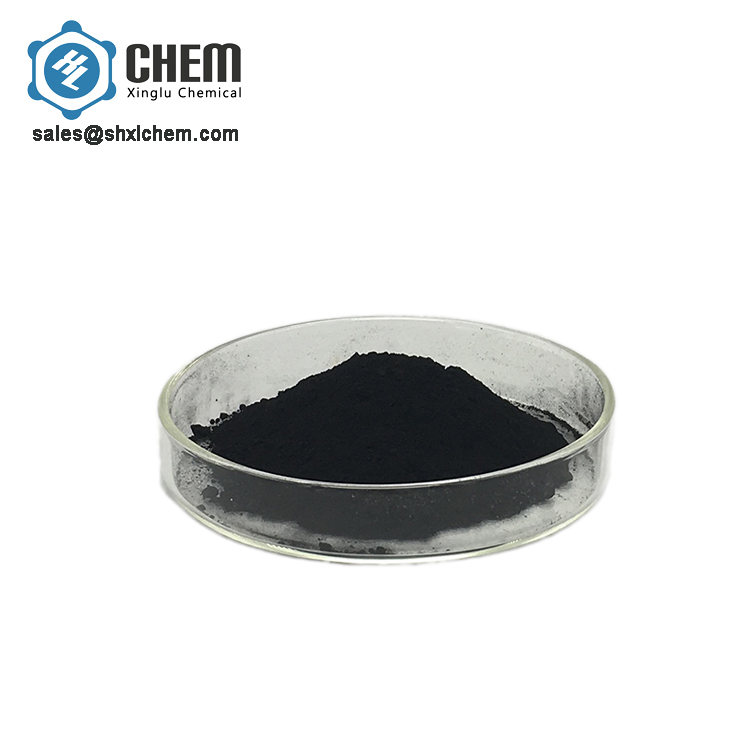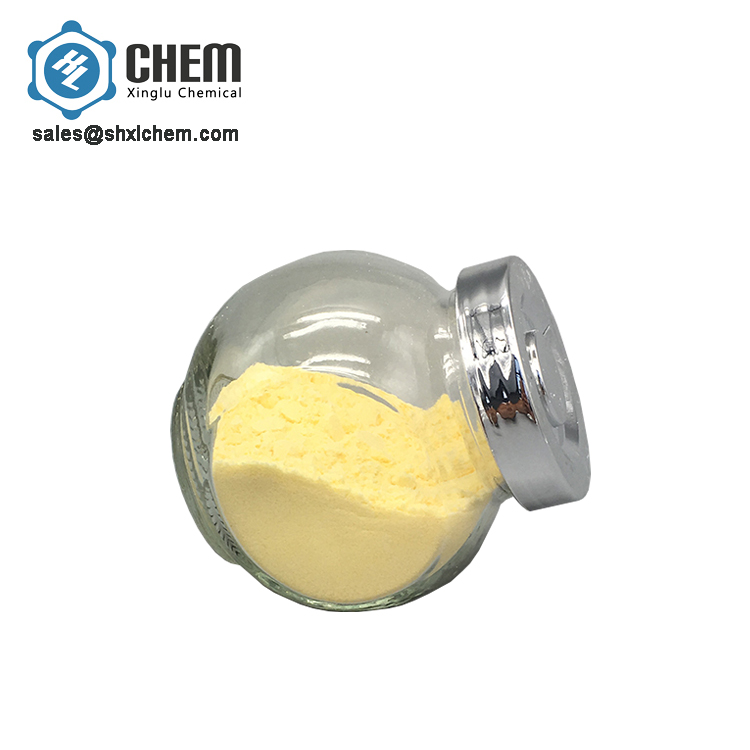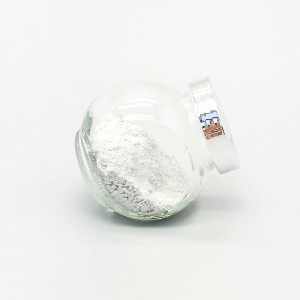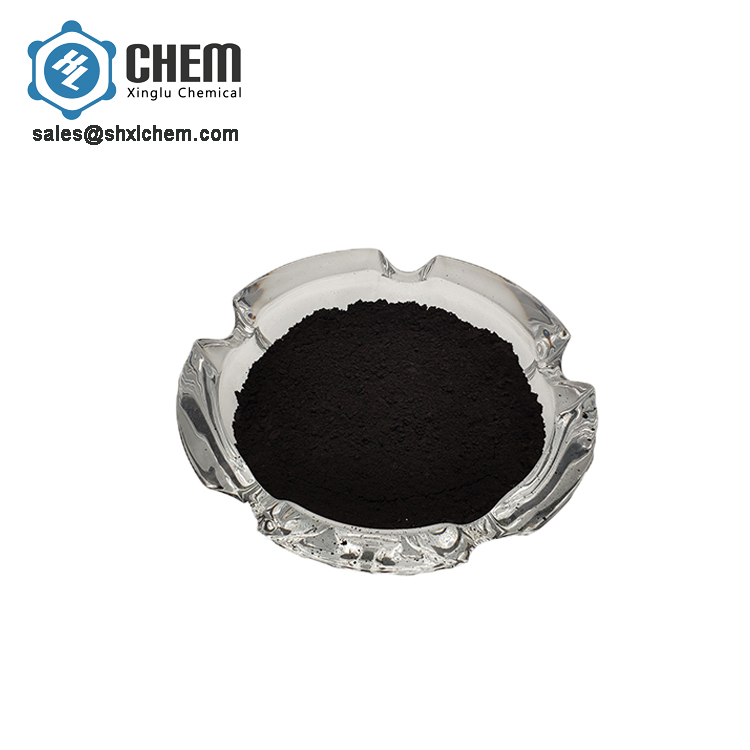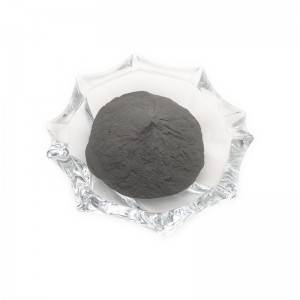Nano Hafnium carbide HfC powder

1. Characteristics of hafnium carbide materials:
(1) Hafnium carbide (HfC) is a gray-black powder with a face-centered cubic structure and a very high melting point (3890°C). It is a material with a high melting point in a known single compound and is a high melting point metal smelting crucible lining. Good material.
(2) Among the known substances, the hafnium alloy (Ta4HfC5) with high melting point is the hafnium alloy (Ta4HfC5). The hafnium alloy material of 1 part of hafnium carbide and 4 parts of tantalum carbide has a melting point of 4215 ℃, so it can be used as structural material on jet engines and daodan.
(3) Hafnium carbide has high elastic coefficient of hen, good electrical and thermal conductivity, small thermal expansion coefficient and good impact resistance. It is suitable for the field of rocket nozzle materials and is also an important cermet material.
2,Index of hafnium carbide materials
| Grade | Partical Size(nm) | Purity(%) | SSA(m2 /g) | Density(g/cm 3 ) | Crystal Structure | Color |
| Nanometer | 100nm 0.5-500um,1-400mesh | >99.9 | 15.9 | 3.41 | hexagon | Black |
3. Uses of hafnium carbide:
(1) Hafnium carbide is a high temperature resistant, yanghua resistant ceramic material, which has the advantages of good electrical and thermal conductivity and low thermal expansion. Hafnium carbide is suitable for manufacturing important parts such as rocket nozzles and wing fronts, and is mainly used in hangtian, industrial ceramics and other fields.
(2) Hafnium carbide has high hardness, can be used as cemented carbide additives, can form a solid solution with many compounds (such as ZrC, TaC, etc.), and has been widely used in the field of cutting tools and molds.
(3) Hafnium carbide has high elastic coefficient, good electrical and thermal conductivity, small thermal expansion coefficient and good impact resistance. It is suitable for rocket nozzle materials and can be used in the nose cone of rockets. It has important applications in the aerospace field. There are also important applications in nozzles, high-temperature resistant linings, electrodes for arc or electrolysis.
(4) Hafnium carbide has good solid-phase stability, chemical resistance, and has the potential to be suitable for use in high-temperature environments. In addition, evaporating a HfC film on the surface of the carbon nanotube cathode can greatly improve its field emission performance.
(5) The addition of hafnium carbide to C/C composites can improve its ablation resistance. Hafnium carbide has many excellent physical and chemical properties, making it widely used in current chao high-temperature materials.
Certificate:
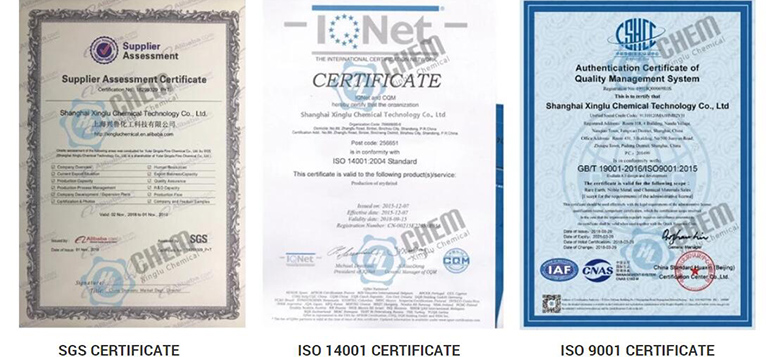
What we can provide:


